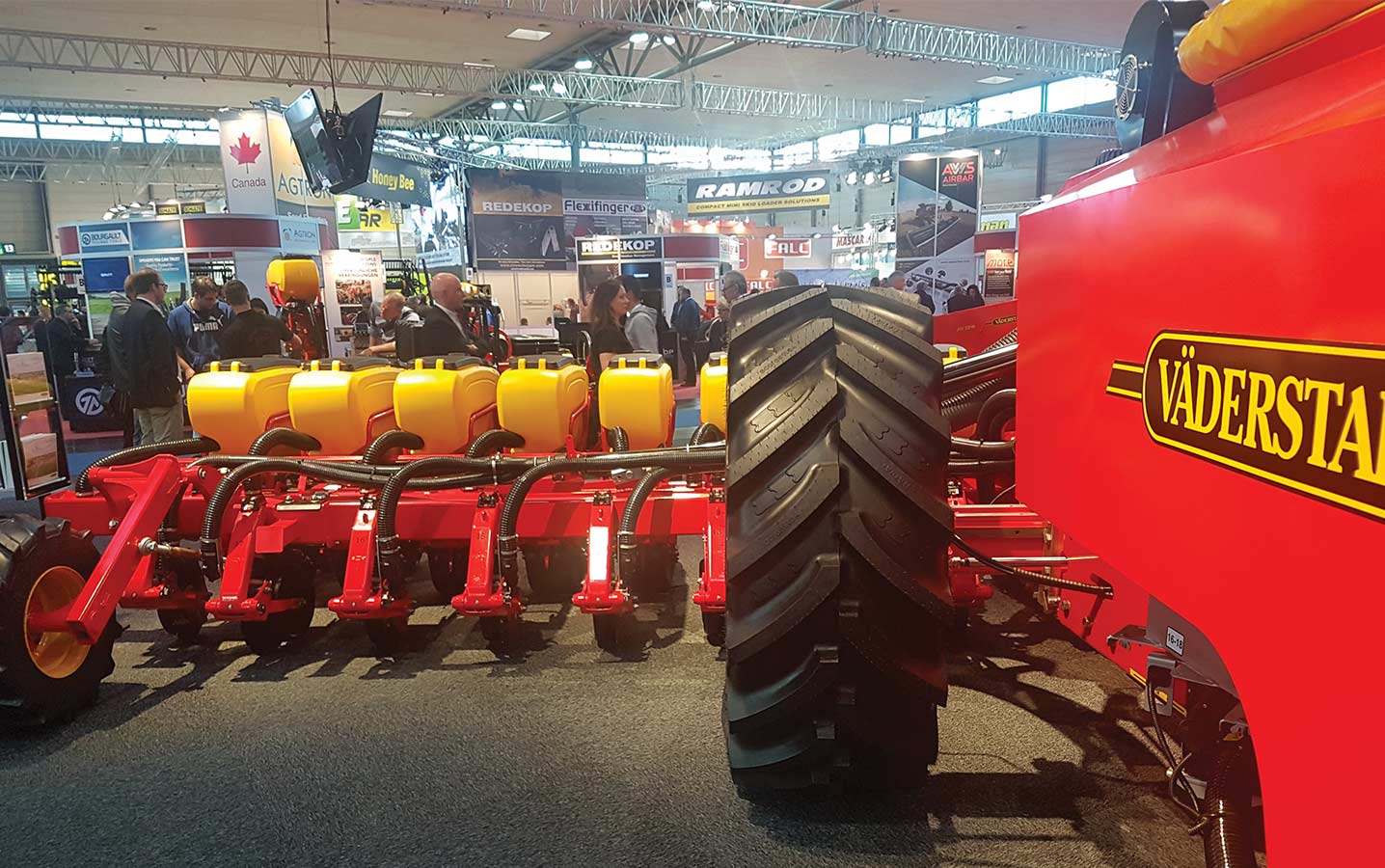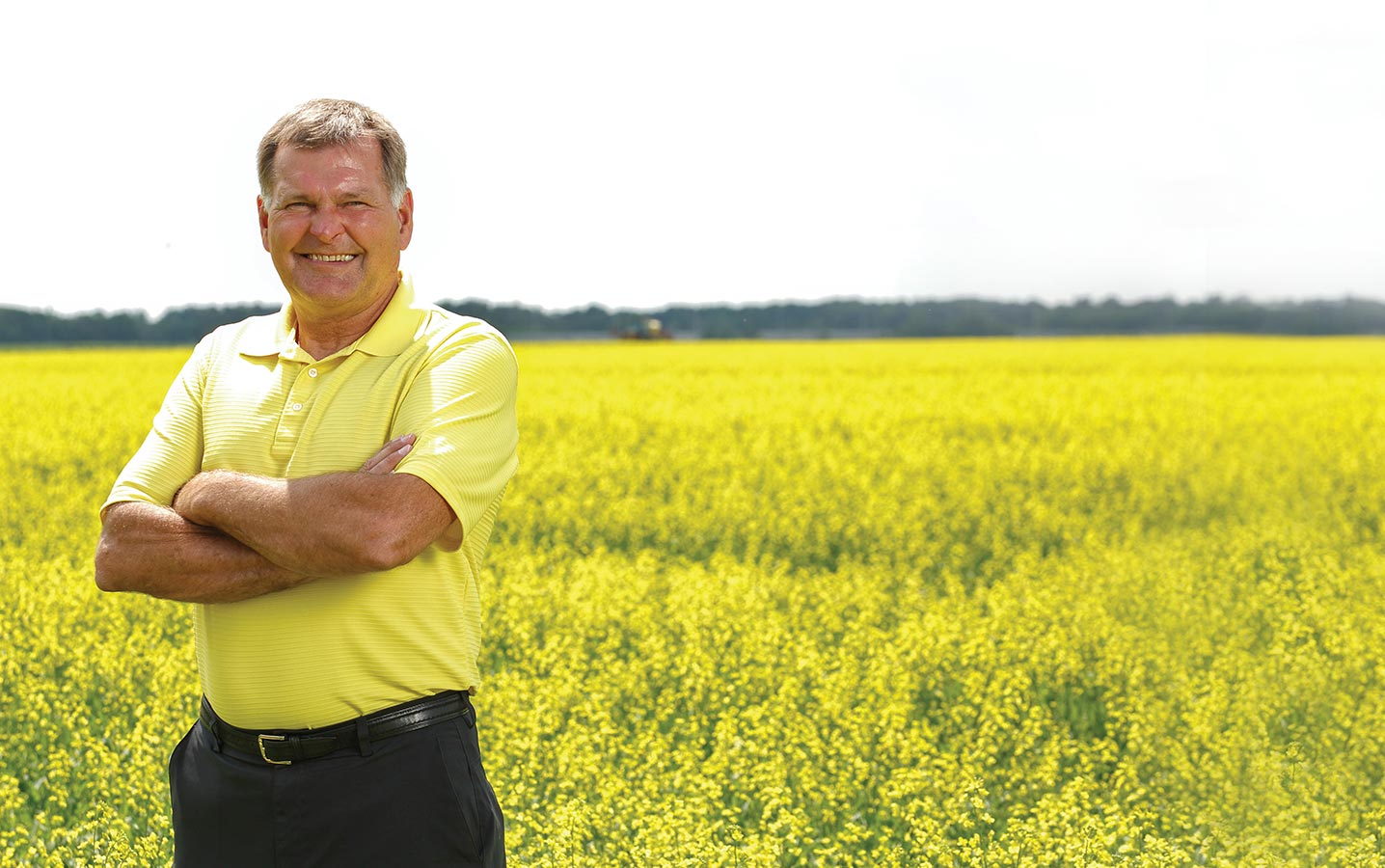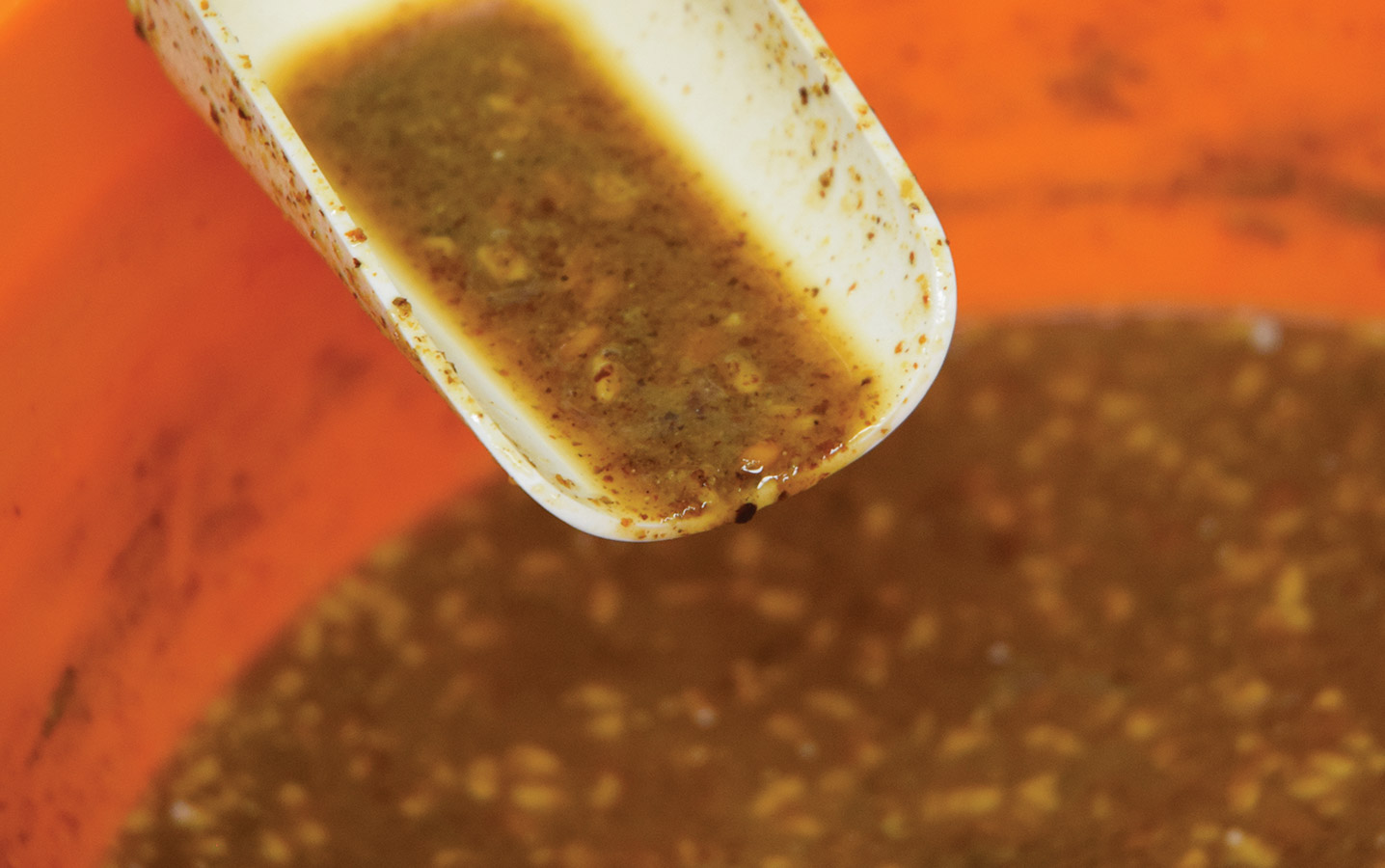What won us over in Hanover?

Europe grows a lot of B. napus oilseed rape (OSR) and OSR production tools are a big part of Agritechnica, the massive machinery show in Hanover, Germany. We went to see what new ideas and technology could possibly enhance our canola best management practices in Western Canada.







